-
 Bitcoin
Bitcoin $104,436.0103
3.60% -
 Ethereum
Ethereum $2,491.6657
3.05% -
 Tether USDt
Tether USDt $1.0006
0.04% -
 XRP
XRP $2.1740
4.48% -
 BNB
BNB $645.8371
2.31% -
 Solana
Solana $149.3142
4.57% -
 USDC
USDC $0.9998
-0.02% -
 Dogecoin
Dogecoin $0.1795
5.64% -
 TRON
TRON $0.2771
3.74% -
 Cardano
Cardano $0.6614
6.06% -
 Hyperliquid
Hyperliquid $33.8009
1.52% -
 Sui
Sui $3.1743
8.89% -
 Chainlink
Chainlink $13.5386
5.87% -
 UNUS SED LEO
UNUS SED LEO $8.9443
0.94% -
 Stellar
Stellar $0.2636
3.58% -
 Avalanche
Avalanche $19.4741
4.96% -
 Bitcoin Cash
Bitcoin Cash $396.1126
4.35% -
 Toncoin
Toncoin $3.1421
3.62% -
 Shiba Inu
Shiba Inu $0.0...01243
3.95% -
 Hedera
Hedera $0.1650
4.90% -
 Litecoin
Litecoin $87.3851
6.11% -
 Polkadot
Polkadot $3.8884
2.68% -
 Monero
Monero $323.1949
3.06% -
 Ethena USDe
Ethena USDe $1.0014
0.06% -
 Bitget Token
Bitget Token $4.5971
1.55% -
 Dai
Dai $0.9999
-0.01% -
 Pepe
Pepe $0.0...01107
5.40% -
 Pi
Pi $0.6195
1.22% -
 Aave
Aave $252.7997
4.12% -
 Uniswap
Uniswap $6.0319
3.01%
What does the long upper shadow of K-line mean? Is it a peak signal?
A long upper shadow on a K-line suggests buyers pushed prices up, but sellers drove them down, indicating significant selling pressure at higher levels.
Jun 05, 2025 at 10:42 am

The long upper shadow of a K-line, also known as a candlestick, is a significant pattern in the world of cryptocurrency trading. Understanding this pattern can provide valuable insights into market sentiment and potential price movements. In this article, we will delve into the meaning of a long upper shadow, whether it acts as a peak signal, and how traders can interpret and utilize this information in their trading strategies.
Understanding the K-Line and Its Components
The K-line, or candlestick, is a popular charting tool used by traders to analyze price movements over a specific period. Each K-line consists of a body and one or two shadows. The body represents the opening and closing prices, while the shadows, also known as wicks or tails, indicate the highest and lowest prices reached during the period.
A long upper shadow occurs when the closing price is significantly lower than the highest price reached during the period. Visually, this appears as a long line extending above the body of the candlestick. The length of the shadow is relative to the size of the body and the overall price range of the period.
Interpreting the Long Upper Shadow
When a K-line displays a long upper shadow, it suggests that buyers initially pushed the price up to a certain level, but sellers eventually took control and drove the price back down. This tug-of-war between buyers and sellers is a crucial aspect of market dynamics and can provide valuable insights into the current state of the market.
The presence of a long upper shadow indicates that there was significant selling pressure at higher price levels. This could be due to various factors, such as profit-taking by existing holders, resistance at a particular price point, or a shift in market sentiment. Regardless of the specific reason, the long upper shadow serves as a visual representation of the rejection of higher prices.
Is the Long Upper Shadow a Peak Signal?
While a long upper shadow can be an important signal, it is not necessarily a definitive peak signal on its own. Instead, it should be considered in conjunction with other technical indicators and market factors to determine its significance.
In some cases, a long upper shadow may indeed indicate that a price peak has been reached. If the shadow extends well beyond recent highs and is followed by a period of consolidation or a price decline, it could suggest that the market has rejected higher prices and a reversal may be imminent.
However, it is important to note that a single long upper shadow does not guarantee a peak. In a strong bullish market, for example, a long upper shadow may simply represent a temporary pause or consolidation before the price continues to rise. Therefore, traders should always consider the broader market context and use additional technical analysis tools to confirm any potential peak signals.
Using the Long Upper Shadow in Trading Strategies
Traders can incorporate the long upper shadow into their trading strategies in several ways. Here are some common approaches:
Identifying potential resistance levels: When a long upper shadow appears at a certain price level, it can indicate that this level acts as resistance. Traders may use this information to set their profit targets or place sell orders near this level.
Confirming bearish reversals: If a long upper shadow appears after a prolonged uptrend and is accompanied by other bearish signals, such as a bearish divergence on the Relative Strength Index (RSI) or a break below a key support level, it can provide confirmation of a potential bearish reversal.
Setting stop-loss orders: Traders who are holding long positions may consider placing their stop-loss orders just above the high of a long upper shadow. This can help protect their profits and limit potential losses if the price fails to break above the shadow's high.
Combining the Long Upper Shadow with Other Technical Indicators
To increase the reliability of the long upper shadow as a trading signal, it is essential to combine it with other technical indicators. Here are some popular indicators that can complement the long upper shadow:
Moving Averages: The relationship between the price and moving averages can provide additional context for the long upper shadow. If the price fails to break above a key moving average and forms a long upper shadow, it may indicate a stronger resistance level.
Volume: High trading volume accompanying a long upper shadow can reinforce the significance of the pattern. It suggests that there was substantial selling pressure at the higher price levels, increasing the likelihood of a potential reversal.
Oscillators: Oscillators like the RSI or the Stochastic Oscillator can help identify overbought conditions. If a long upper shadow appears when the oscillator is in overbought territory, it can further support the possibility of a price peak.
Practical Example of a Long Upper Shadow
Let's consider a practical example of a long upper shadow on a cryptocurrency chart to illustrate its significance:
- Suppose Bitcoin (BTC) has been in a strong uptrend, reaching a new high of $50,000.
- On the next candlestick, the price opens at $49,500 and quickly rises to $51,000, but then sellers step in, and the price closes at $49,000.
- This creates a candlestick with a long upper shadow extending from $51,000 to $49,000, while the body of the candlestick ranges from $49,500 to $49,000.
In this scenario, the long upper shadow indicates that buyers attempted to push the price above $51,000 but were met with significant selling pressure. This rejection of higher prices could suggest that $51,000 is a strong resistance level. If the price fails to break above this level in subsequent periods and begins to decline, the long upper shadow may indeed act as a peak signal.
Frequently Asked Questions
Can a long upper shadow appear in both bullish and bearish markets?
Yes, a long upper shadow can appear in both bullish and bearish markets. In a bullish market, it may indicate a temporary pause or consolidation, while in a bearish market, it could signal a failed attempt by buyers to push the price higher.
How can I distinguish between a long upper shadow and a shooting star candlestick pattern?
A long upper shadow is a general term that refers to any candlestick with a significantly longer upper wick compared to its body. A shooting star, on the other hand, is a specific bearish reversal pattern that occurs at the top of an uptrend. It has a small body located near the lower end of the trading range, a long upper shadow, and little to no lower shadow.
Is the length of the upper shadow the only factor to consider when analyzing a long upper shadow?
No, while the length of the upper shadow is important, other factors should also be considered. These include the size of the candlestick's body, the overall price range of the period, the position of the candlestick within the broader trend, and the presence of other technical indicators that may confirm or contradict the signal.
Can a long upper shadow be a reliable signal for short-term trading?
A long upper shadow can be a useful signal for short-term trading, but its reliability depends on various factors, such as the strength of the overall trend, the presence of other confirming indicators, and the trader's risk management strategy. Traders should always use a combination of technical analysis tools and consider the broader market context when making short-term trading decisions based on a long upper shadow.
Disclaimer:info@kdj.com
The information provided is not trading advice. kdj.com does not assume any responsibility for any investments made based on the information provided in this article. Cryptocurrencies are highly volatile and it is highly recommended that you invest with caution after thorough research!
If you believe that the content used on this website infringes your copyright, please contact us immediately (info@kdj.com) and we will delete it promptly.
- Pi Network Ecosystem Announcement to Coincide with Consensus 2025
- 2025-06-07 05:30:12
- Injective Protocol will conduct an AMA on X on May 13th, offering a detailed overview of the rapid expansion of iAssets
- 2025-06-07 05:30:12
- Bitcoin (BTC) Mining Just Got Easy: Introducing Bitcoin Solaris
- 2025-06-07 05:25:13
- Bitcoin (BTC) Realized Cap Beats Records, Eyes $900B as Market Lays Foundations for Breakout
- 2025-06-07 05:25:13
- Solana (SOL) Price Eyes $180 as Bullish Momentum Strengthens
- 2025-06-07 05:20:13
- TRUMP Price Prediction: By 10% to $13.29 as Bitcoin (BTC) Nears $100,000
- 2025-06-07 05:20:13
Related knowledge
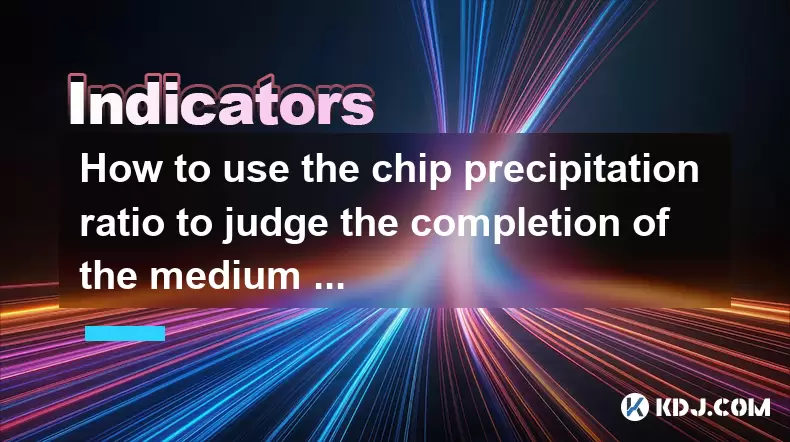
How to use the chip precipitation ratio to judge the completion of the medium and long-term bottom construction?
Jun 04,2025 at 03:36am
The chip precipitation ratio is a crucial metric used by investors to assess the accumulation of chips (or shares) at different price levels over time. This ratio helps in understanding the distribution of chips and can be a powerful tool for determining the completion of medium and long-term bottom construction in the cryptocurrency market. By analyzin...
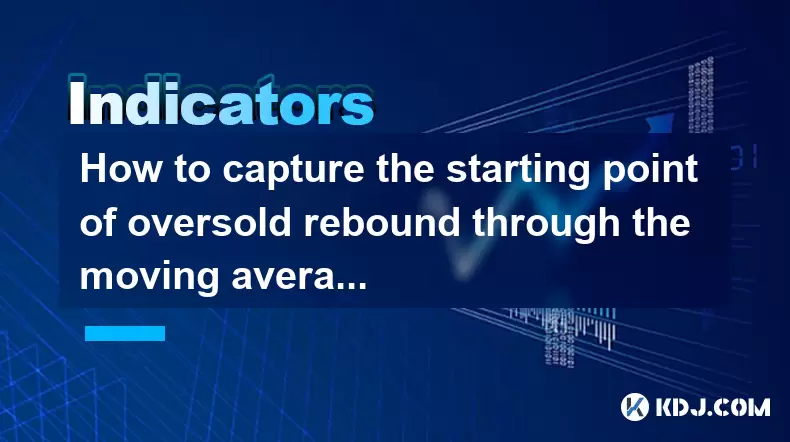
How to capture the starting point of oversold rebound through the moving average gravity reversal strategy?
Jun 04,2025 at 01:01pm
The moving average gravity reversal strategy is a sophisticated approach used by traders to identify potential entry points for buying cryptocurrencies when they are considered oversold. This strategy leverages the concept of moving averages to pinpoint moments when a cryptocurrency might be poised for a rebound. In this article, we will delve into the ...
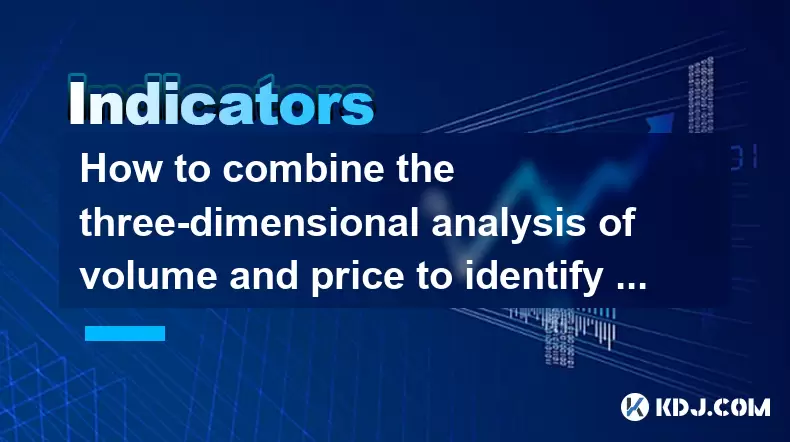
How to combine the three-dimensional analysis of volume and price to identify the golden buying point of breakthrough and retracement?
Jun 03,2025 at 11:42pm
In the dynamic world of cryptocurrencies, identifying the optimal buying points is crucial for maximizing profits and minimizing risks. One effective method to achieve this is by combining three-dimensional analysis of volume and price to pinpoint the golden buying points during breakouts and retracements. This article will delve into how to use this ap...
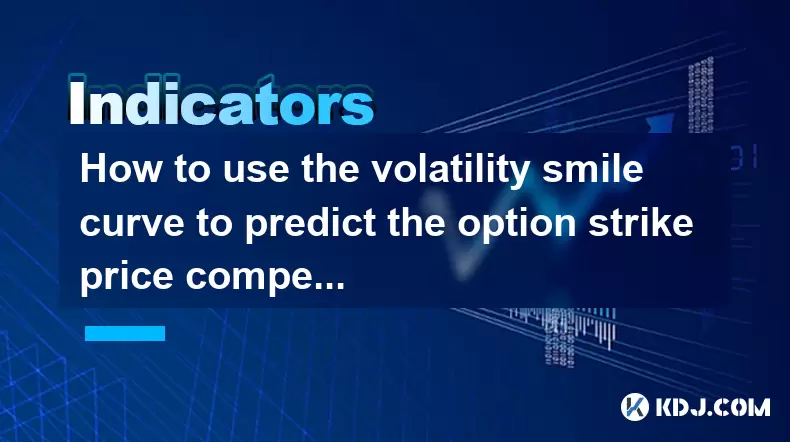
How to use the volatility smile curve to predict the option strike price competition area?
Jun 06,2025 at 01:01pm
The volatility smile curve is a graphical representation that shows the implied volatility of options across different strike prices for a given expiration date. It is called a 'smile' because the curve often takes the shape of a smile, with higher implied volatilities for options that are deep in-the-money or deep out-of-the-money, and lower implied vo...
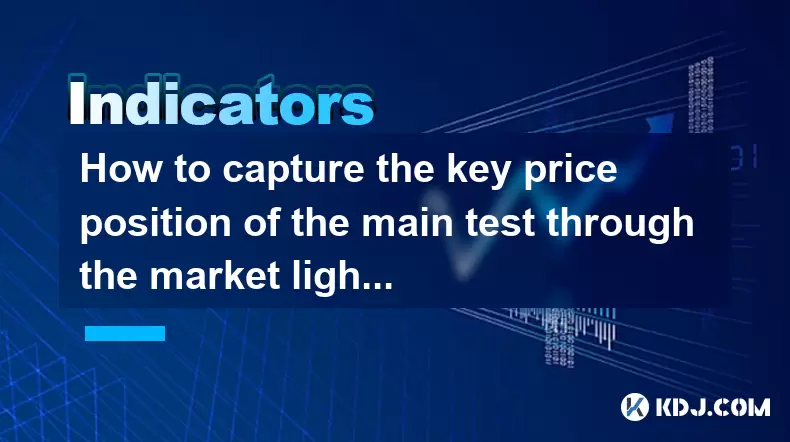
How to capture the key price position of the main test through the market lightning chart?
Jun 02,2025 at 06:07pm
Introduction to Market Lightning ChartThe market lightning chart is a powerful tool used by cryptocurrency traders to visualize price movements and identify key price positions. This chart type provides a detailed view of market activity, allowing traders to spot trends, reversals, and other significant price levels quickly. By understanding how to use ...
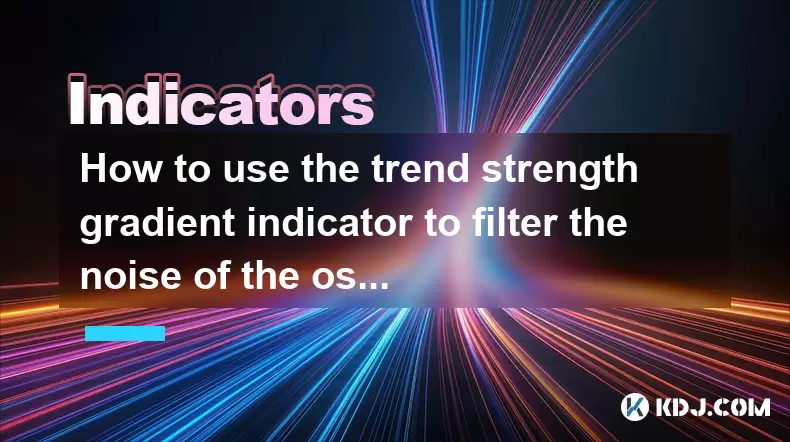
How to use the trend strength gradient indicator to filter the noise of the oscillating market?
Jun 06,2025 at 06:15pm
The trend strength gradient indicator is a powerful tool used by cryptocurrency traders to analyze market trends and filter out the noise that often accompanies oscillating markets. This indicator helps traders identify the strength of a trend, enabling them to make more informed decisions. In this article, we will explore how to effectively use the tre...

How to use the chip precipitation ratio to judge the completion of the medium and long-term bottom construction?
Jun 04,2025 at 03:36am
The chip precipitation ratio is a crucial metric used by investors to assess the accumulation of chips (or shares) at different price levels over time. This ratio helps in understanding the distribution of chips and can be a powerful tool for determining the completion of medium and long-term bottom construction in the cryptocurrency market. By analyzin...

How to capture the starting point of oversold rebound through the moving average gravity reversal strategy?
Jun 04,2025 at 01:01pm
The moving average gravity reversal strategy is a sophisticated approach used by traders to identify potential entry points for buying cryptocurrencies when they are considered oversold. This strategy leverages the concept of moving averages to pinpoint moments when a cryptocurrency might be poised for a rebound. In this article, we will delve into the ...

How to combine the three-dimensional analysis of volume and price to identify the golden buying point of breakthrough and retracement?
Jun 03,2025 at 11:42pm
In the dynamic world of cryptocurrencies, identifying the optimal buying points is crucial for maximizing profits and minimizing risks. One effective method to achieve this is by combining three-dimensional analysis of volume and price to pinpoint the golden buying points during breakouts and retracements. This article will delve into how to use this ap...

How to use the volatility smile curve to predict the option strike price competition area?
Jun 06,2025 at 01:01pm
The volatility smile curve is a graphical representation that shows the implied volatility of options across different strike prices for a given expiration date. It is called a 'smile' because the curve often takes the shape of a smile, with higher implied volatilities for options that are deep in-the-money or deep out-of-the-money, and lower implied vo...

How to capture the key price position of the main test through the market lightning chart?
Jun 02,2025 at 06:07pm
Introduction to Market Lightning ChartThe market lightning chart is a powerful tool used by cryptocurrency traders to visualize price movements and identify key price positions. This chart type provides a detailed view of market activity, allowing traders to spot trends, reversals, and other significant price levels quickly. By understanding how to use ...

How to use the trend strength gradient indicator to filter the noise of the oscillating market?
Jun 06,2025 at 06:15pm
The trend strength gradient indicator is a powerful tool used by cryptocurrency traders to analyze market trends and filter out the noise that often accompanies oscillating markets. This indicator helps traders identify the strength of a trend, enabling them to make more informed decisions. In this article, we will explore how to effectively use the tre...
See all articles

























































































